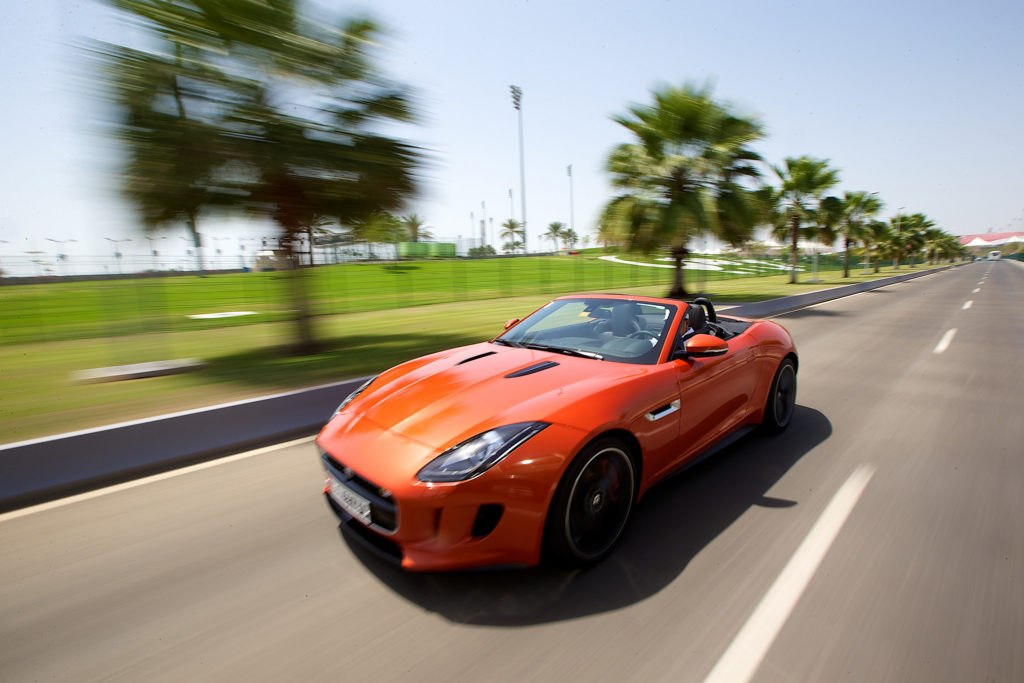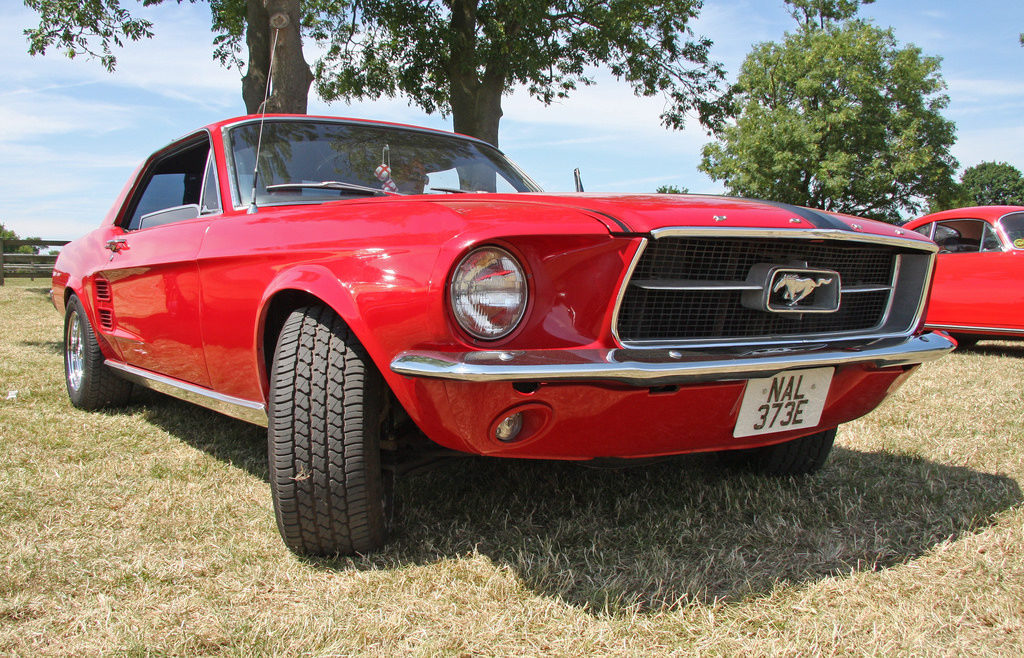As a mechanical engineer my focus is usually on mechanical devices. It is necessary
to remind myself that a test drive is usually needed to discover how the rest of the population reacts to those same devices. Surprise! Surprise! most people are not naturally mechanically inclined. This becomes obvious when the general public participates in test drives. The software industry discovered the same truth. Beta testing with real users is the way they arrange test drives. High powered artificial intelligence built into programs is of little use if you cannot get the friggin! computer to turn on.

The simple Human Machine Interface action of pressing a button becomes a nightmare if there are too many of them
As Moore’s law increases the number of transistors within the computers that we use, the engineers, business owners and, investors who invent the devices and programs that use this horsepower are very tempted to overwhelm the buying users with a multitude of blinking and flashing lights to herald the latest and greatest. I admit that when I was inventing the Chrysler Mini Van, it was very frustrating that the general public did not recognize how great it was while I was designing it. That public recognition became even more important when we first tried to sell some. I understand why the designer of my electric kettle wants to highlight his addition of a digital temperature display into the device. Rubbing it in my face by incorporating a seemingly random sequence of four button pushes to turn the device on, spoiled my perception of the benefit.
The throttle pedal is one of the key interfaces between the driver and the vehicle. The Mustang succeeded because of an invisible triumph in this area by the Mustang design engineers. Their throttle linkage made the Ford Comet compact car chassis feel like a sports car. As I launch a new generation electric vehicles, similar attention is being applied to the throttle. The latest generation dual hall effect encoders are being used to create a tight linkage between the vehicle and the operator commands. Embedded computer intelligence is being programmed to achieve the “feel” of expensive mechanical links. User invisibility is still the key. We still need to wait until the vehicle users test drive our improvements before we can expect recognition. I have seen this before with the Minivan


